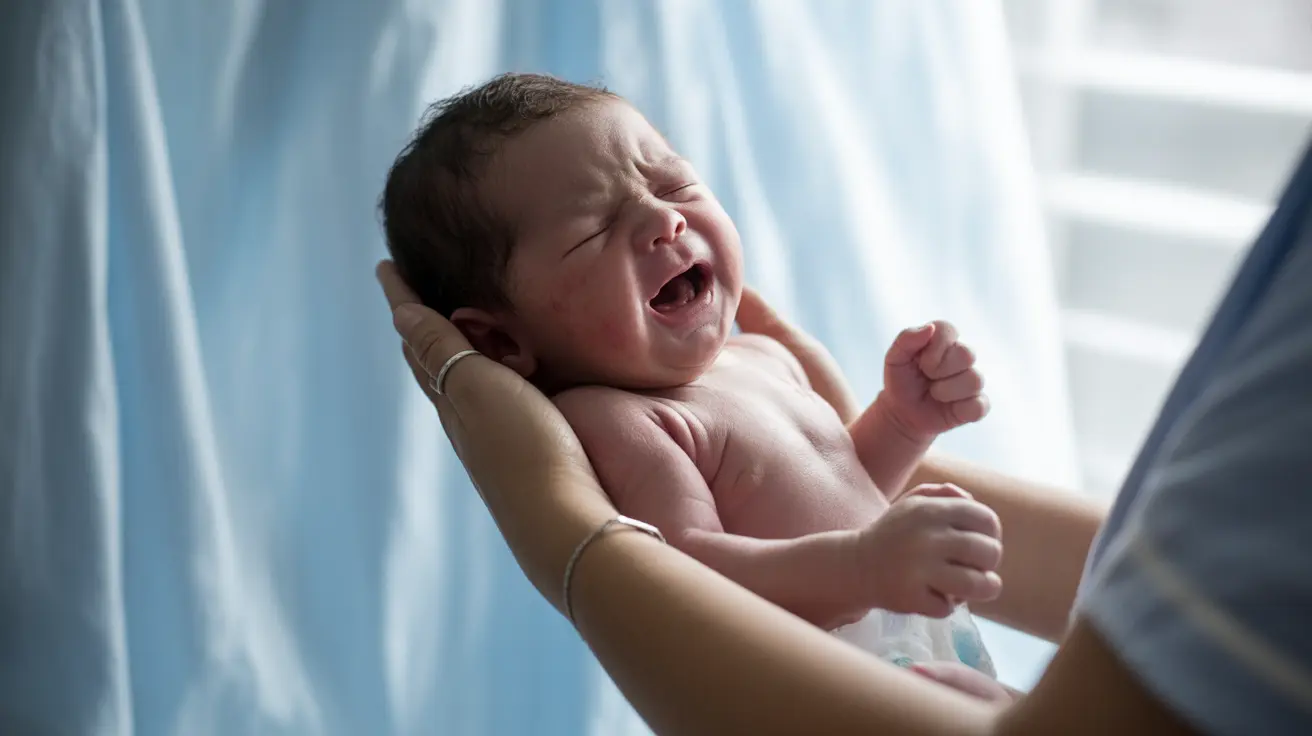The first cry of a newborn baby is a profound moment that marks their transition from the womb to the outside world. This crucial initial cry represents more than just a vocal response - it's a vital sign of a healthy baby beginning to adapt to life outside the uterus. Understanding why babies cry at birth helps parents and healthcare providers assess a newborn's well-being and transition to independent life.
The Science Behind a Baby's First Cry
When babies cry immediately after birth, they're actually demonstrating several important physiological processes. The first cry helps clear amniotic fluid from the lungs and signals that the baby is beginning to breathe independently. This crucial moment activates the newborn's respiratory system and helps establish normal breathing patterns.
The crying process also helps expand the lungs fully, allowing them to take in oxygen more effectively. As babies cry, their vocal cords vibrate, and their chest muscles contract, which helps eliminate remaining fluid and mucus from their airways.
Physical Changes During the First Cry
Several significant changes occur in a newborn's body during and immediately after their first cry:
- Lung expansion and air intake
- Blood oxygen level increase
- Circulation system adaptation
- Temperature regulation initiation
- Muscle activation and movement
Common Reasons for Continued Crying After Birth
After the initial cry, babies may continue crying for various reasons as they adjust to their new environment:
Environmental Adjustments
Newborns must adapt to significant changes in their surroundings, including temperature differences, bright lights, and unfamiliar sounds. This transition from the warm, dark womb to the outside world can be overwhelming.
Physical Needs
Babies cry to communicate various needs, including:
- Hunger
- Discomfort from wet diapers
- Need for warmth
- Desire for close contact
- Response to medical procedures
When Babies Don't Cry at Birth
While a crying baby is generally considered a positive sign at birth, not all healthy babies cry immediately. Some babies may take a few moments to cry, while others might make other sounds or simply begin breathing quietly. Medical professionals assess various other indicators of health beyond crying.
Supporting and Soothing a Crying Newborn
Parents can help comfort their crying newborns through several evidence-based techniques:
- Skin-to-skin contact
- Gentle swaddling
- Feeding when hungry
- Maintaining optimal room temperature
- Creating a calm environment
- Responding promptly to basic needs
Frequently Asked Questions
Why do babies cry immediately after birth and what does that first cry mean?
Babies cry immediately after birth to clear their lungs of amniotic fluid and begin breathing independently. This first cry is a positive sign indicating that the baby is transitioning successfully to life outside the womb.
What physiological changes cause a newborn to cry at birth?
The transition from fluid-filled lungs to air breathing, exposure to a new environment, and the activation of the respiratory system trigger the crying response. This process helps adapt the baby's body to independent breathing and living.
What are common reasons babies continue to cry after they are born?
Babies cry after birth due to various factors including adaptation to temperature changes, hunger, discomfort, need for closeness, and response to new sensory experiences in their environment.
What does it mean if a baby does not cry right after delivery?
While crying is common, not all healthy babies cry immediately after birth. Medical professionals assess other vital signs and responses to ensure the baby is healthy, even without an immediate cry.
How can parents soothe a newborn who is crying due to discomfort or other needs?
Parents can soothe crying newborns through skin-to-skin contact, swaddling, feeding, maintaining comfortable temperature, and creating a calm environment. Prompt response to basic needs helps establish trust and comfort.




